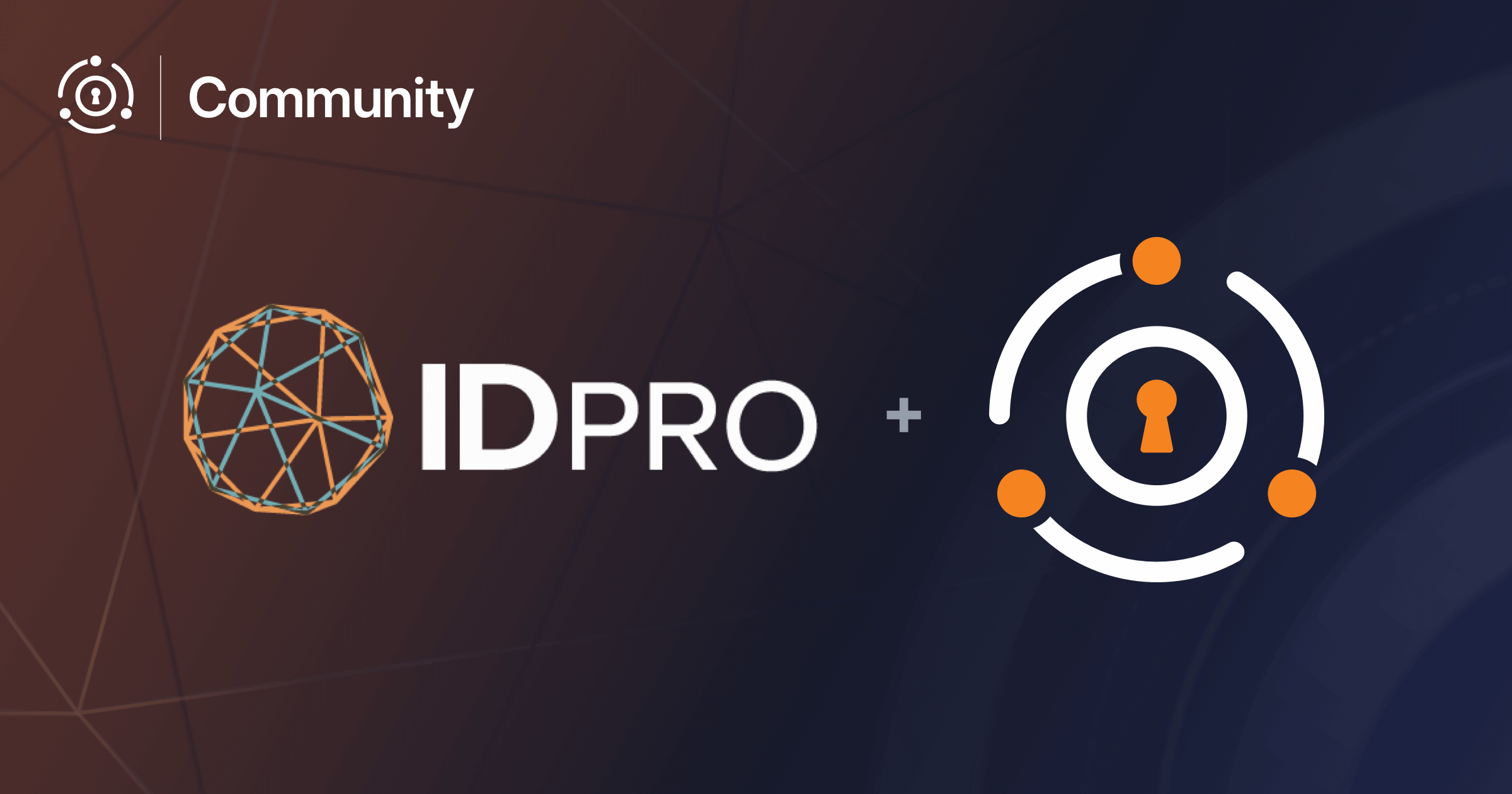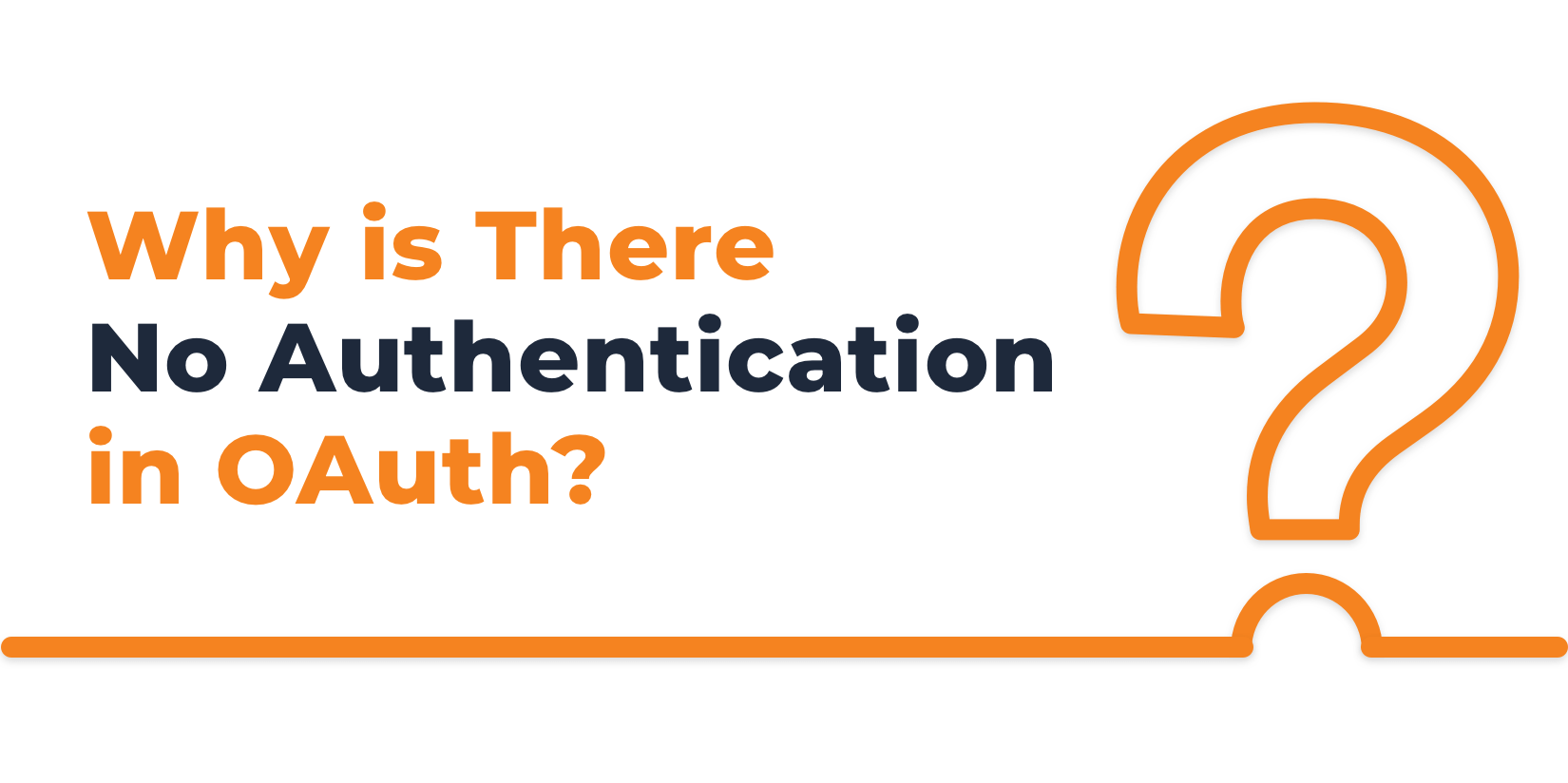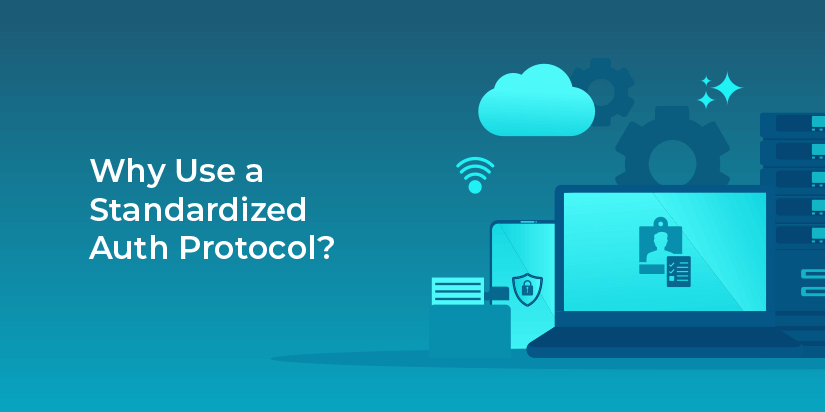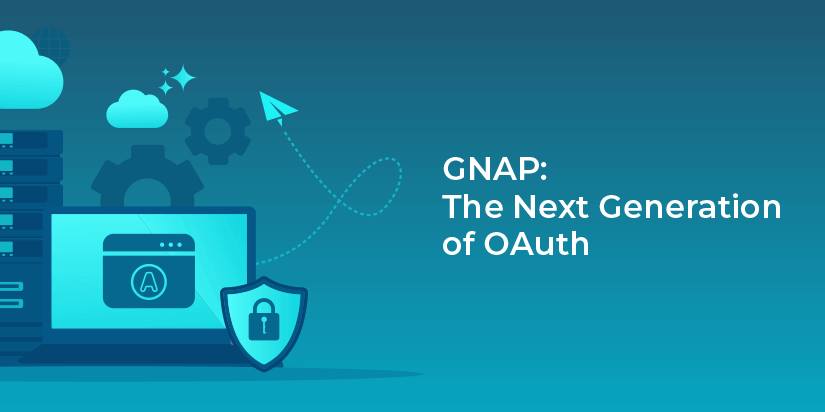
FusionAuth Renews IDPro Membership: Advancing Identity Education for Developers
In a perfect world, every developer would understand OIDC, OAuth, and the intricacies of digital identity. Well, that isn't the world that we live in, but...
December 17, 2024






